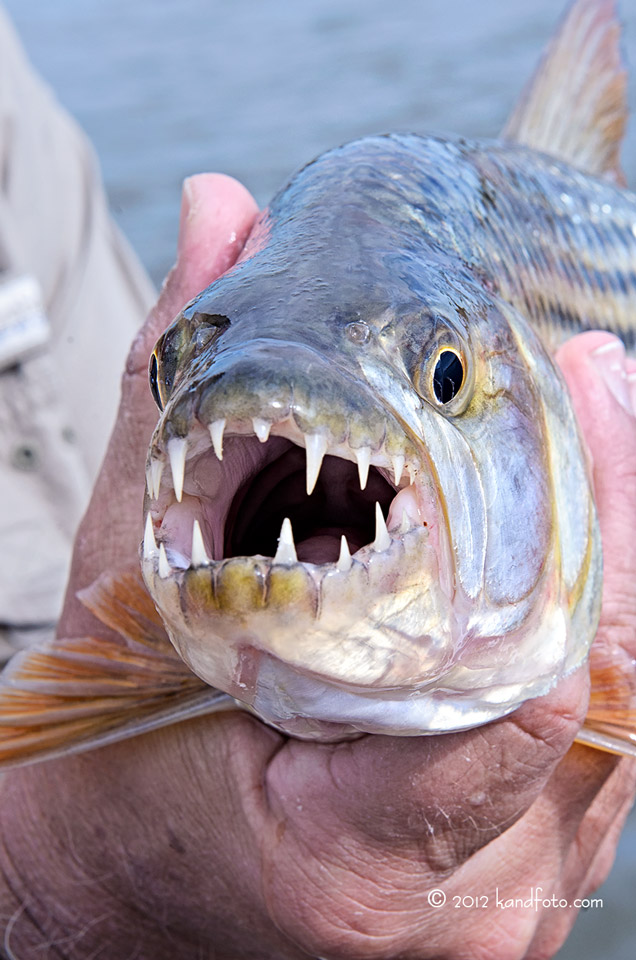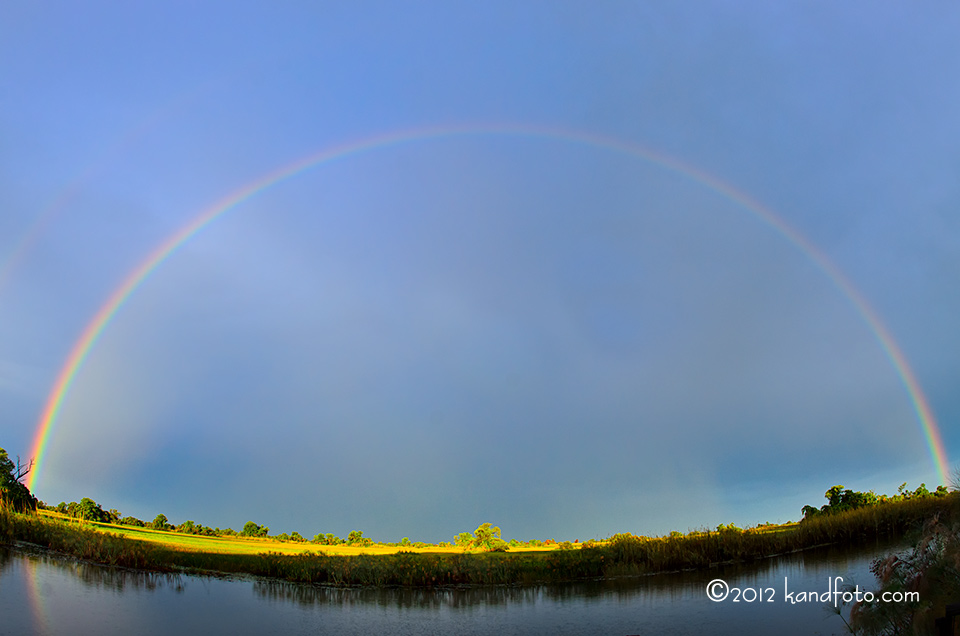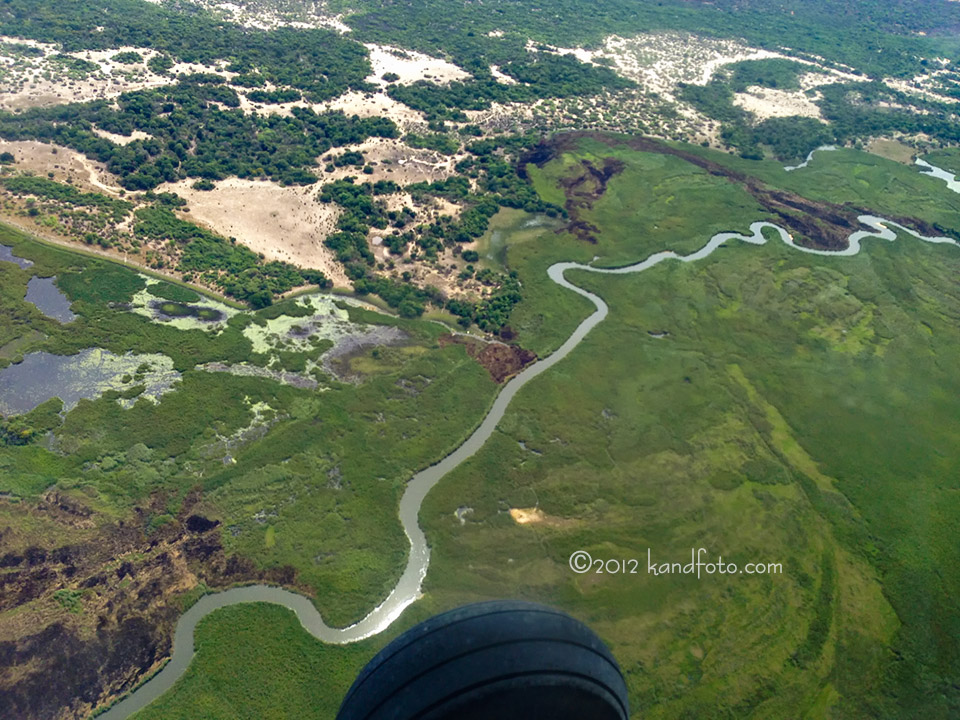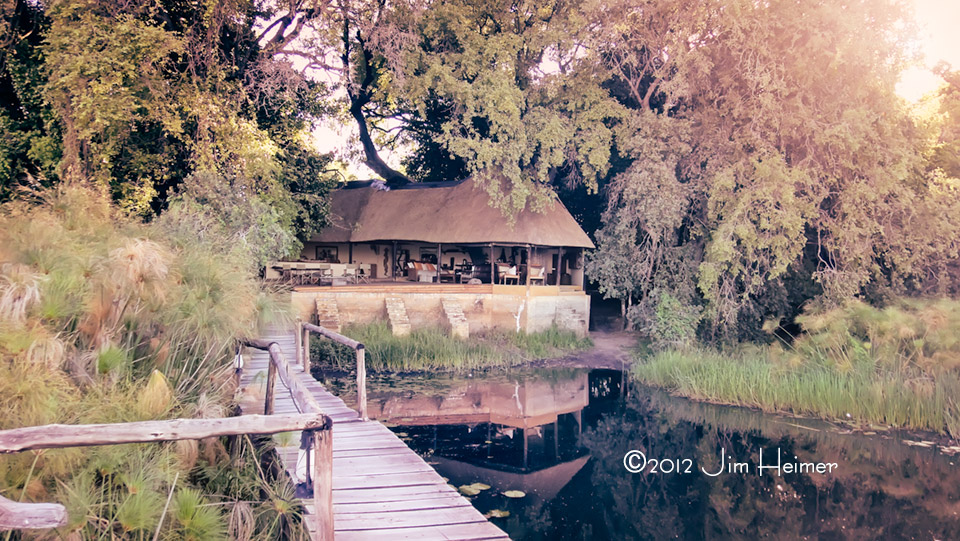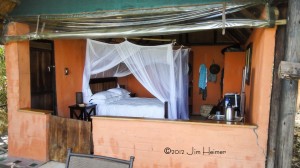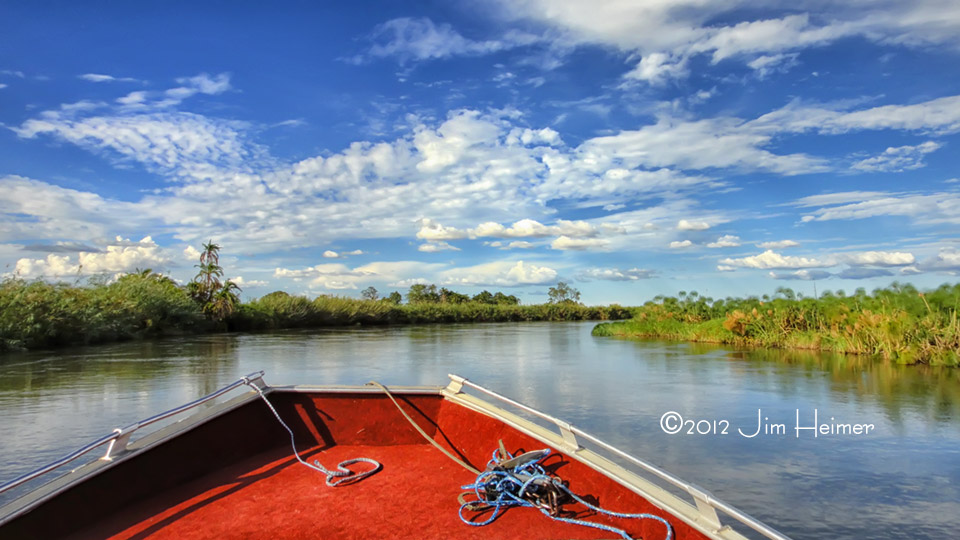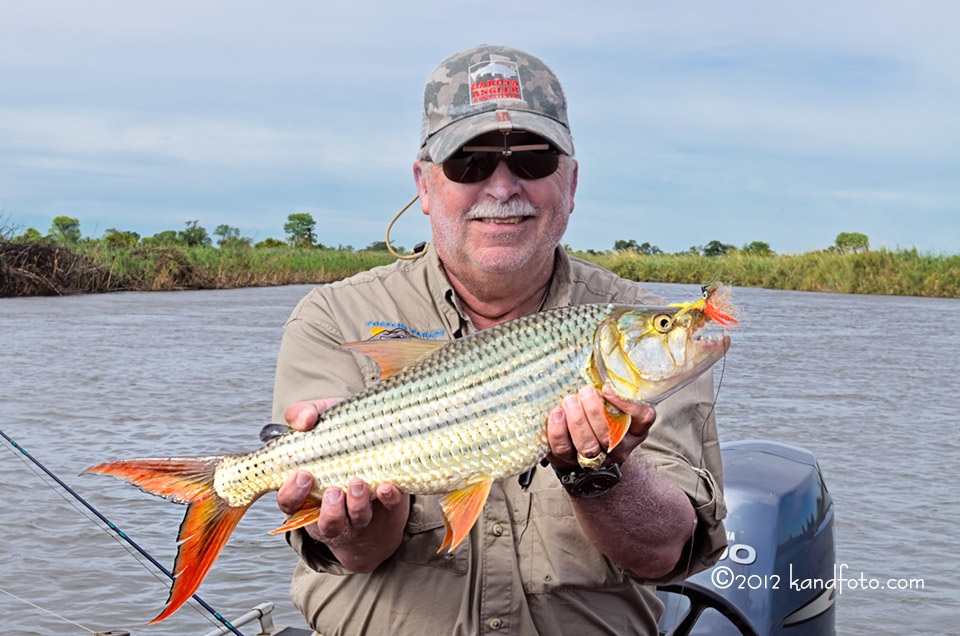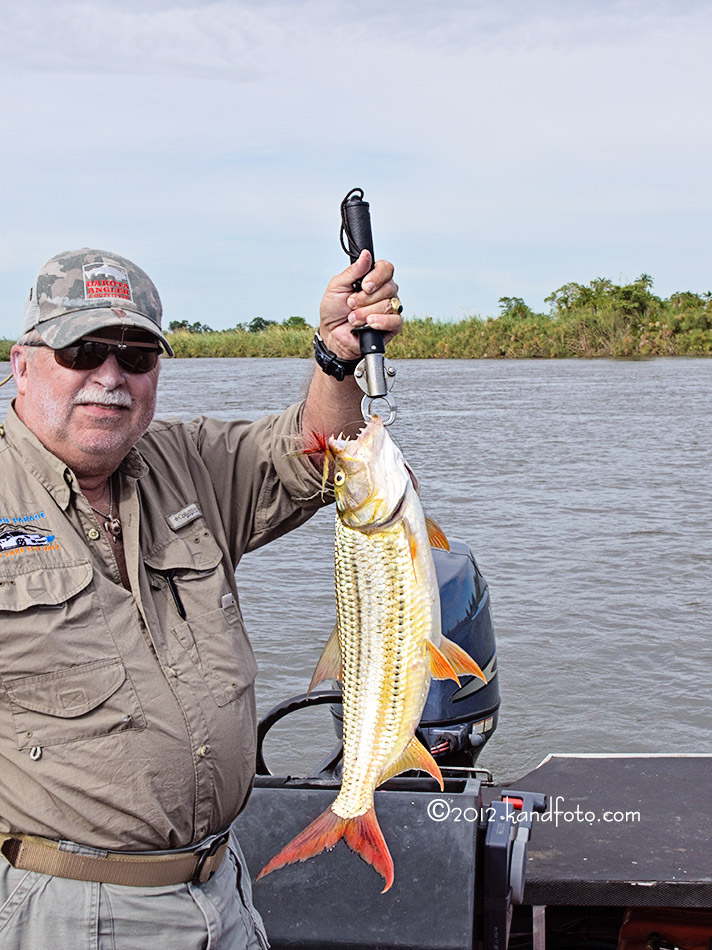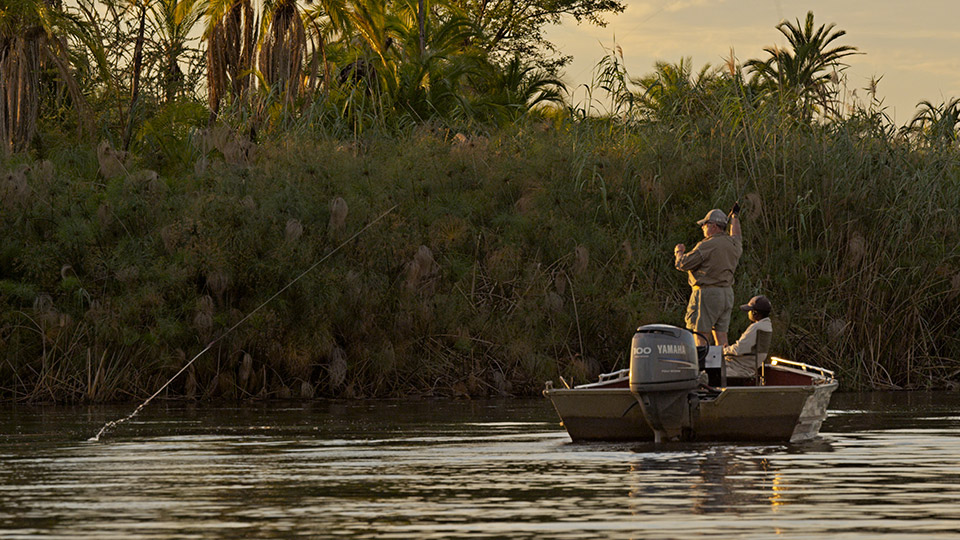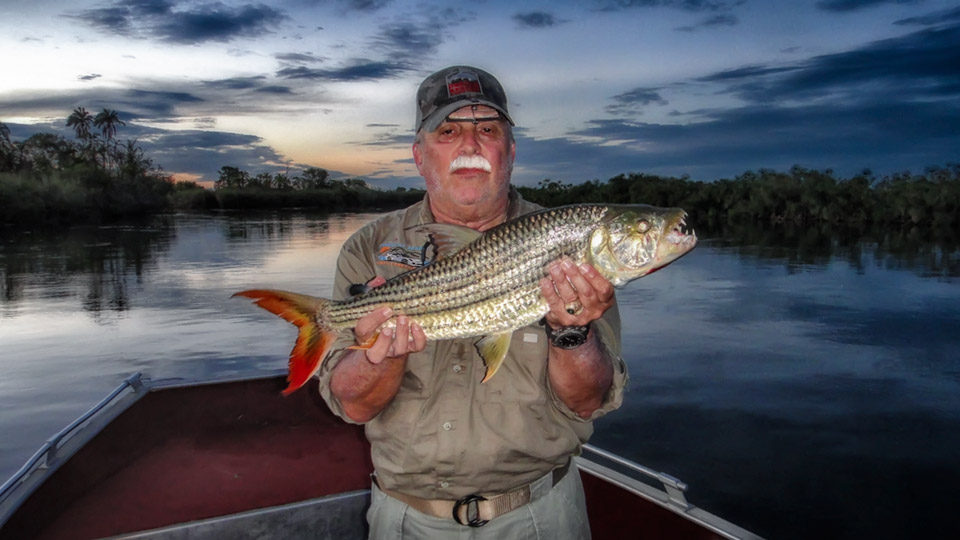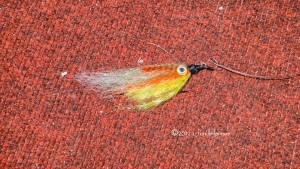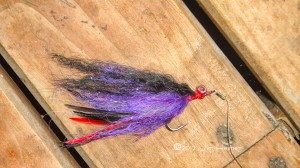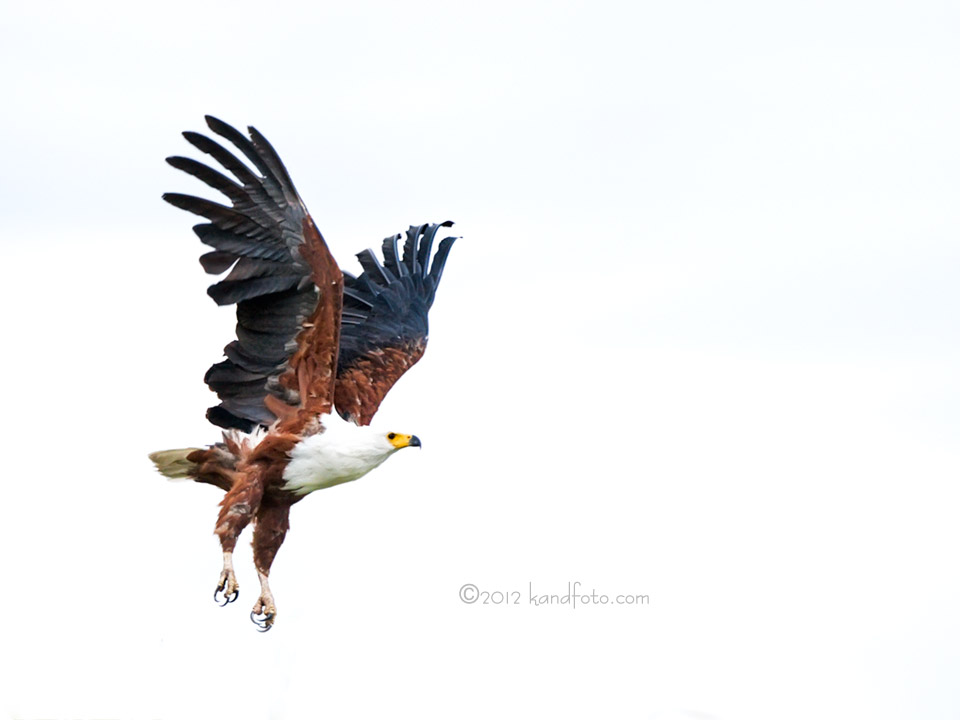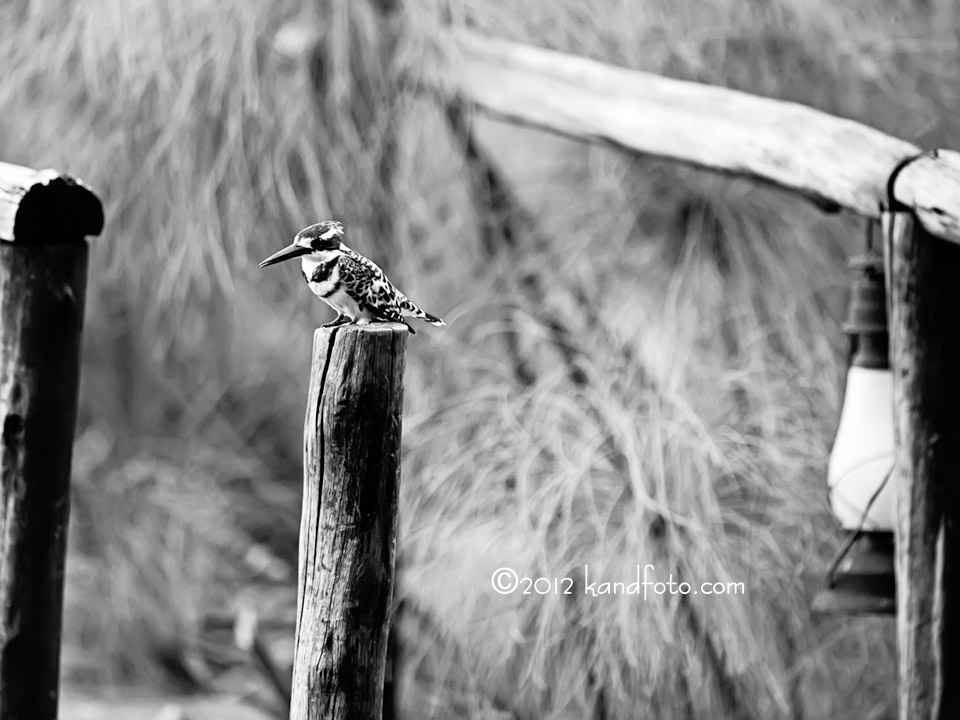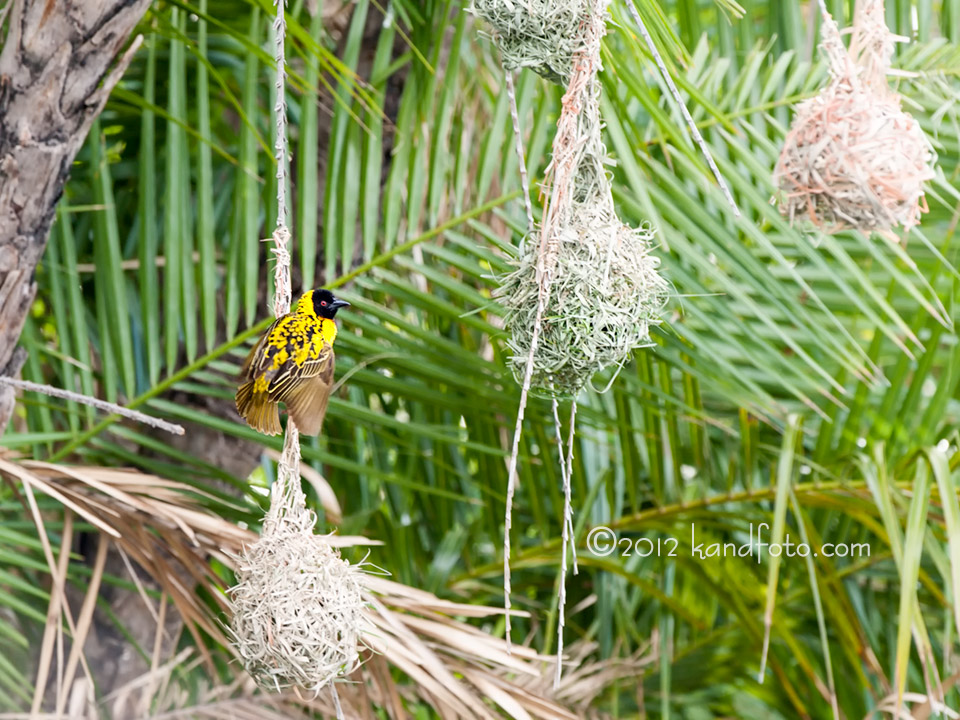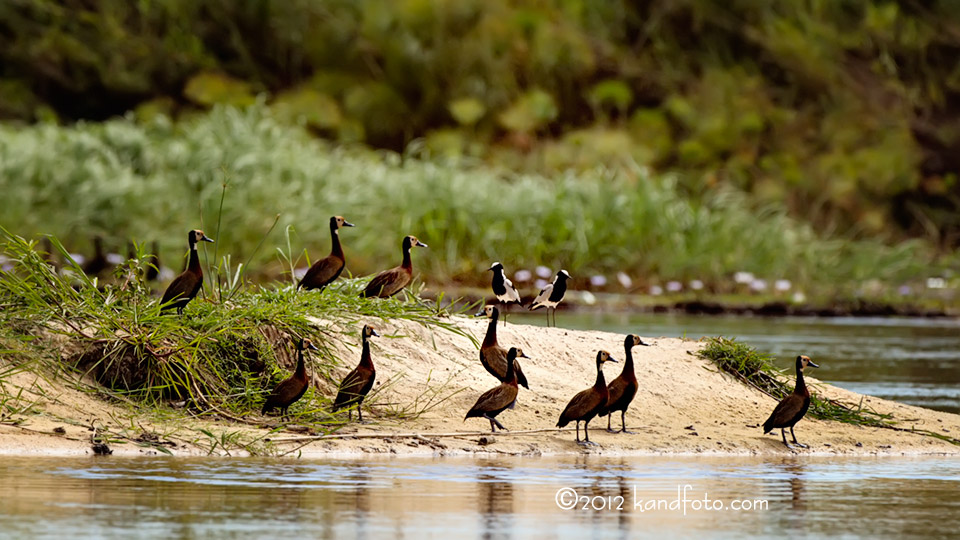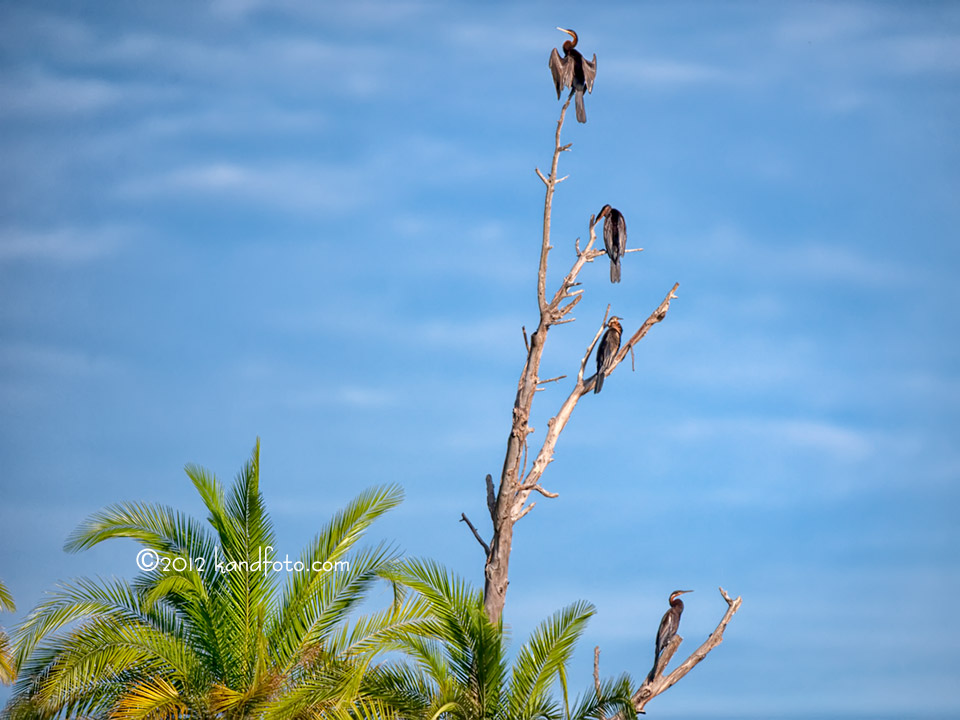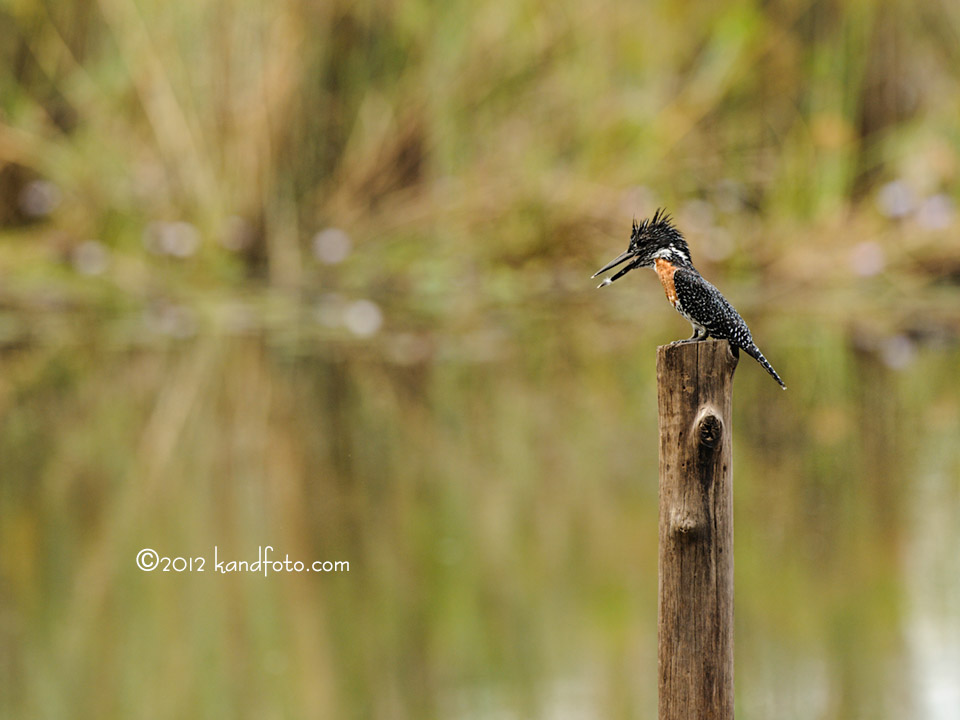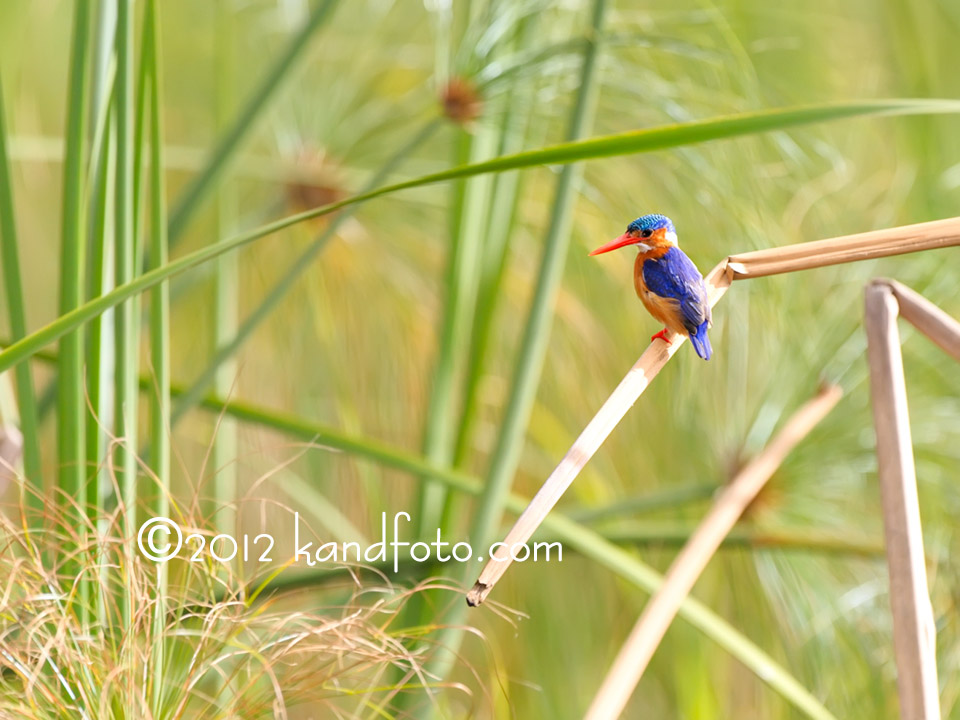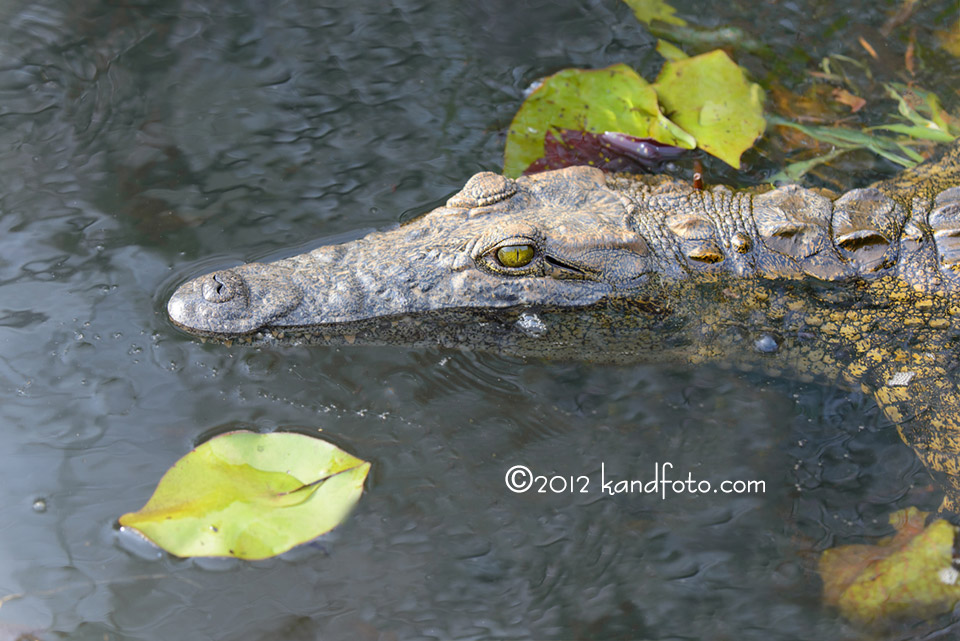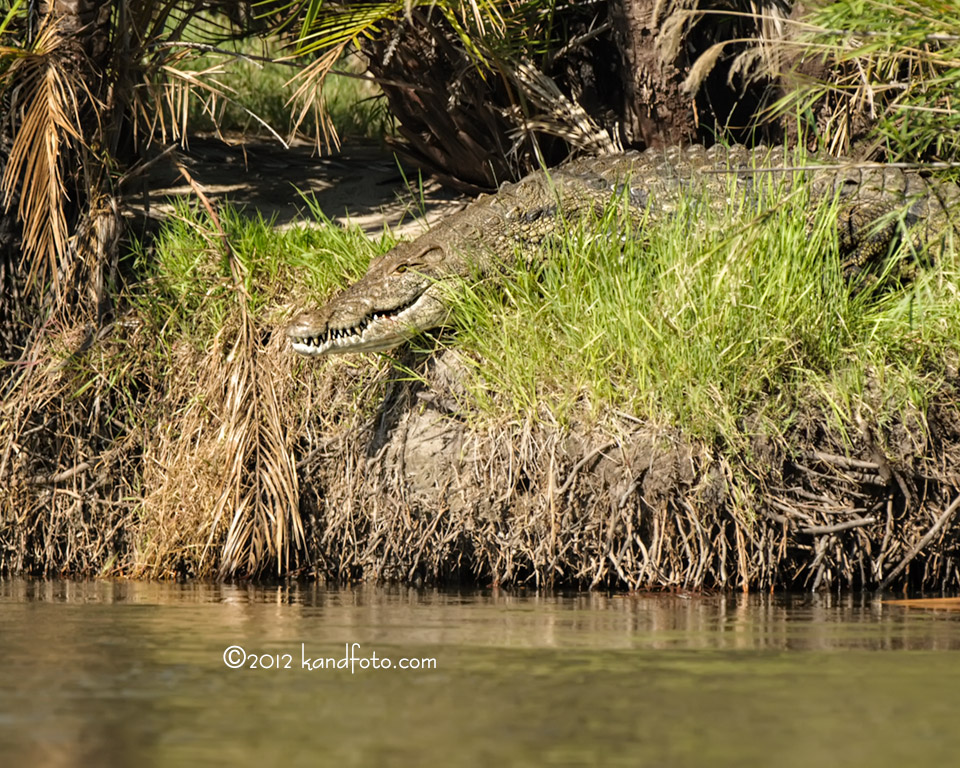Part IV: There are Tigers on the Okavango Panhandle
Yes, you heard me, there are tigers but not the kind of tigers as in big cats, but a ferocious-looking fish. It’s called the tiger fish. And, with teeth like that I can’t honestly say that I would want to stick my hand in its mouth to get out the hook. Yikes!
If you were following Part I: These Amazing Cats of Botswana , you know the reasoning behind how I got to Africa—the tiger fish. And, I couldn’t write a post about Africa without including my husband’s fly fishing adventure and photos . . . he is so proud of his landing the tiger fish—it was a challenge for sure.
Eyes on Africa setup my husband, Jim’s, fishing trip, and got us to Nxamaseri Island Lodge from our safari tented camp in the Okavango Delta without a hitch. I just can’t say enough about Eyes on Africa, as a premier travel agent for trips to Africa. And, if you think its too expensive to get to Africa, well then, think again . . . Eyes on Africa have budget trips.
Nxamaseri Island Lodge
Nxamaseri is a small privately owned luxury lodge built on a heavily wooded island in one of the world’s most renowned wilderness areas. This camp is situated in the so-called “Panhandle” of the Okavango Delta. The Panhandle is surrounded by tranquil river channels and expansive floodplains. Its owner, PJ Bestelink, an avid fisherman, pioneered fly-fishing in Botswana and developed his camp into Botswana’s premier fly-fishing destination. While on our flight back to Jo’berg, I was reading in the Air Botswana flight magazine that Nxamaseri offers “Wellness Safaris.” Apparently, this is a growing trend amongst safari camps. “A place to escape the demands and stresses of urban, modern-day life” and come to Africa to be hunted down by big cats, hippos, hyenas, deadly poisonous snakes, bugs, etc. I suppose you could eat healthier and practice yoga to relax and set around in groups discussing “desired lifestyles,” but I would rather be out photographing birds, crocs, fish, and cruising the mysterious channels of the Okavango River.
We flew over interesting topography—a land divided with desert on one side and lush, green braided channels along the main Okavango River on the other side. Landing the bush plane was altogether another adventure . . . Mika, our guide, and Small, our fishing guide had to chase the horses and cattle off the dirt runway. We made a couple of passes before it was safe to land. Apparently, the Okavango Panhandle is a mixture of farm land and floodplains, which is protected from the large predators. So instead of giraffe, zebras, elephants, and cape buffalo, there lives farm animals—cattle, sheep, horses, and pigs. Now, I did see a National Geographic video by Beverly Joubert’s husband. Dereck, on how the lions are beginning to adapt to the floodplains of the Okavango Delta. These big cats are following the prey into the water channels. They may have to rethink that scenario of no “big cats.”
http://www.youtube.com/watch?v=GnYCHy0zrBE
Our guide, Mika, a 22-year old rugby player from South Africa, has life experiences that could put a 40 year old bushman to shame. I was amazed at the stories he regaled us with at our evening meals. His girlfriend, Sarah, was such a pleasure to meet. A beautiful, athletic American from North Carolina, who gave up the easy life for adventure in the Okavango Panhandle. Mika had a scholarship to play rugby for three major universities in the United States, however, even with the scholarship money, he still could not afford it so he returned to Africa but he brought Sarah with him.
This open-aired lodge is beautifully decorated in African motif with several large leather sofas to relax and is centrally located with spectacular raised views over the Nxamaseri channel and surrounding floodplains. Wooden boardwalks lead to six private brick and thatch chalets with outside decks overlooking the waterways. Our chalet had the front side completely open to the environment. It did have a vinyl rolled up tarp that could be dropped down in case of bad weather or just because. Jim liked the “open air” look so it remained up. We had to keep all of our belongings packed away, and duffel bags zippered up, to keep the monkeys and baboons out. Every afternoon they made their daily homage to the chalets to see what type of mischief they could get into. One lazy rainy afternoon, Jim was taking his afternoon nap when a group of monkeys paid a visit to our chalet. Jim laid perfectly still watching with one eye closed. It was a stare down match with Jim coming out ahead. I, on the other hand, did not like the arrangements of the chalet. Even during the day, it was dark. The bathroom was dark having to make use of a flashlight to check the toilet for SNAKES. That reminds me of one important issue, you could go blind if subject to the 25Watt bulbs used on a daily basis. Generators were shutdown after 10pm so a flashlight became a premier tool if you wanted to read. Don’t FORGET a FLASHLIGHT and BATTERIES. I used mine at all three safari camps. Oh, and did I mention the mating hippos at night . . . now that was strange and loud noises at 2am.
But for us, fishing was the name of the game at this lodge . . .
Tigerfish
The Tigerfish, Hydrocynus vittatus, is regarded to be Africa’s equivalent of the South American piranha. Like the piranha, individual tigerfish have interlocking, razor-sharp teeth, along with streamlined, muscular bodies, and are widely known to be extremely aggressive and capable predators who often hunt in groups. They swallow their prey whole, and can devour fish as much as a third of their own size. According to Eco Travel Africa, “Anglers find the tigerfish to be a major challenge as far as fighting ability is concerned. Once hooked, the tigerfish will fight to the death to try and throw the hook, and some anglers have lost a finger trying to remove the hook from the tigerfish’s mouth.” Is Jim really going to fish for tigers?
Okay, now I have to add tigerfish to the dangerous animal list. So if the hippos and crocs don’t get you if you have the unfortunate luck to fall in the water, then you can be assured that the tigerfish will pick you off as well.
We started the day early in the morning cruising the channels and stopping for photographic opportunities. Our fishing guide, Small, usually picked the best fishing spots, dropped anchor, and proceeded to make himself comfortable. On Jim’s first day fishing, he casted his line, and BOOM! He pulled in a good sized tiger.
African Fish Eagle
The African Fish Eagle is a fairly large eagle. It has a distinctive black, brown, and white plumage, which looks similar to the American Bald Eagle.
As it names suggests, it feeds extensively on fish, however, in some areas it preys on flamingos and other water birds. It is also known to eat carrion and is classified as a kleptoparasite (it steals prey from other birds). We saw fish eagles every day on the Okavango River while Jim was fishing. They are known to be the “fish thief” as that they will literally take a fish from the fisherman’s hand as he is getting the hook out. Mika told us of many times he has had one of his fish stolen by a fish eagle. First off . . . the photo I wanted and didn’t get was a fish eagle diving into the water and striking the fish with his large talons. I got two dead fish from a nice fisherman fishing along the channel. Small cut off some papyrus stems to float the fish. I was setup with 500mm lens on tripod, focus on the bird sitting high in the tree. My plan was to follow the eagle as he made his sweep. But my plan went awry. Small threw the fish into the air, as the eagle began its downward sweep with wings gliding through the air. Unbeknownst to me, the other eagle (they travel in pairs) was flying underneath his mate. I could not see this in the viewfinder, but I was thinking why was this eagle turning away. The other eagle snatched the fish right out from under me as I was clicking away on this eagle. NO PHOTO! Do you see the pattern beginning to form from the last two posts?
So we tried again. This time I focused on the fish in the water in hopes of getting a tack sharp photo as the Fish Eagle grips the fish with its talons. Oh WHAT A PHOTO. The good thing—I didn’t have to worry about the other eagle because she had flown away with her bounty. The bad thing—the eagle just circled above us and never got the fish. As I was pumped and looking into the viewfinder, I was thinking, “where in the hell is that damn eagle?” Small was yelling, “look up, look up!” Jim was screaming “SHOOT SHOOT.” NO PHOTO, again. And, to top of this fiasco, the croc got my last fish.
http://www.youtube.com/watch?v=Mbzx2Qy_g8k
Other African Birds and Wildlife Along the Okavango Channel
Pied, Giant and Malachite Kingfishers are among the most brilliantly-colored of all birds, and many have strident voices and dramatic courtship displays. Most species have adapted well to man’s alteration of natural habitats, and can be seen in surburban gardens. We found the King and the Pied kingfishers visiting us frequently at the lodge.
It was interesting to watch the Pied, with its black and white plumage and crest, hover over the small channel just in front of the lodge diving for fish and other prey. However, he spent most of his time sitting on the dock post.
The weavers are named for the highly complex woven nests building. Most weavers are sedentary, noisy, gregarious, and polygynous, with elaborate courtship rituals. Most weavers use grasses for the weaving of the nests which have an entry at the bottom.
Next post—Good tips on traveling to Botswana and South Africa.
